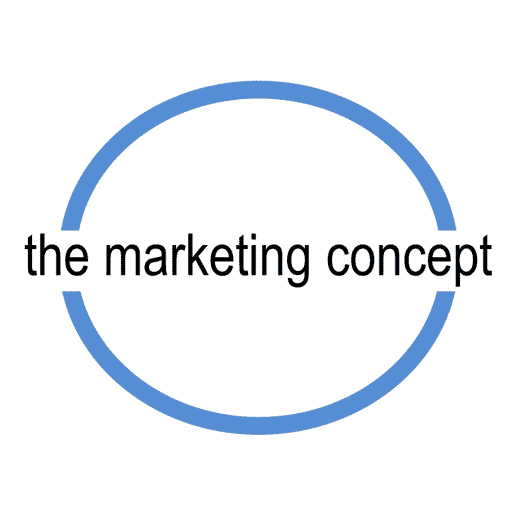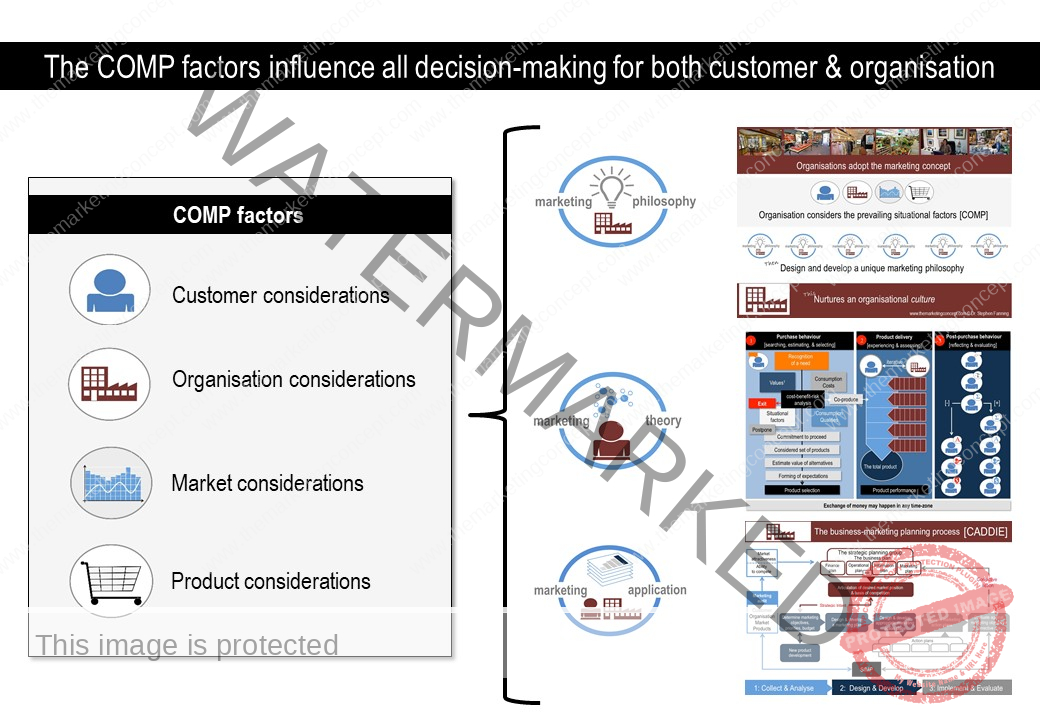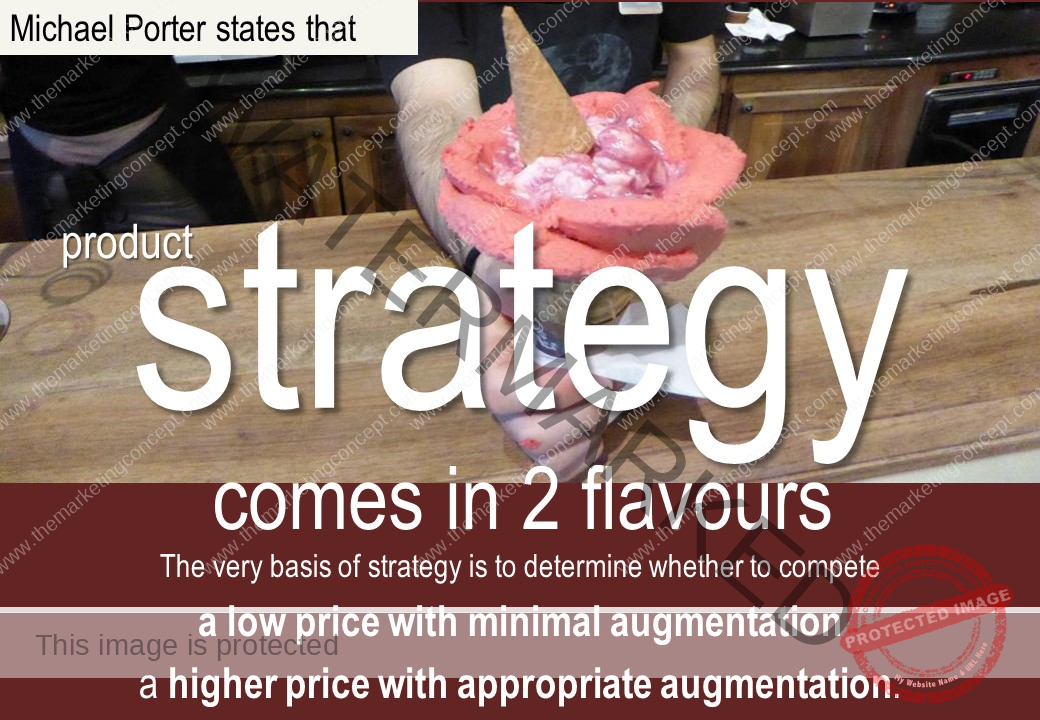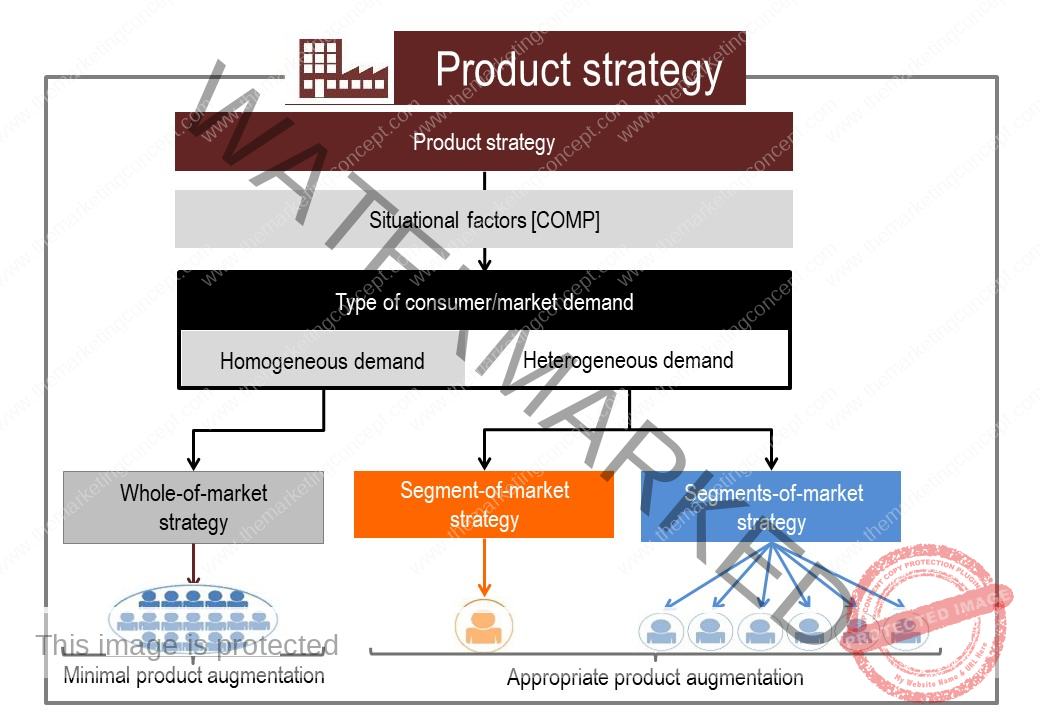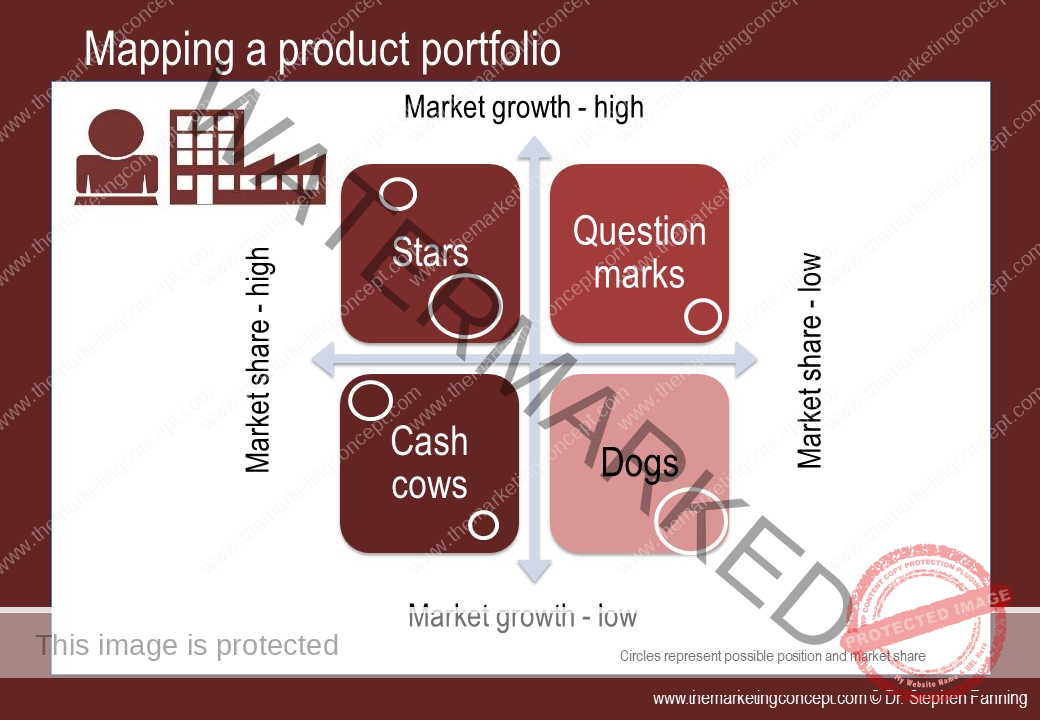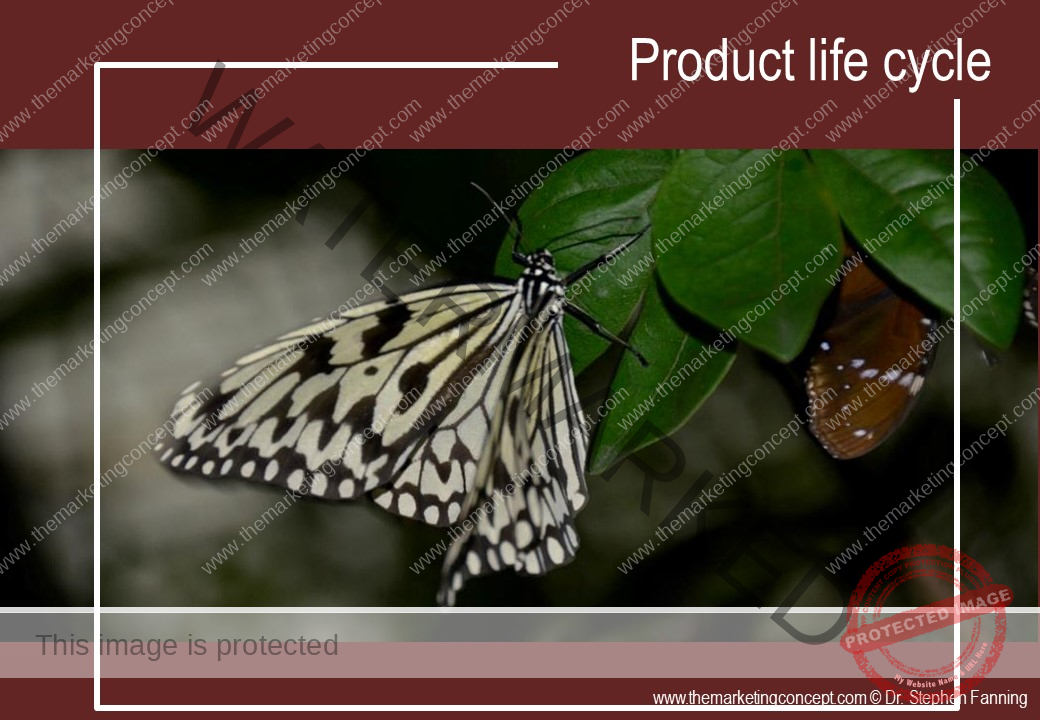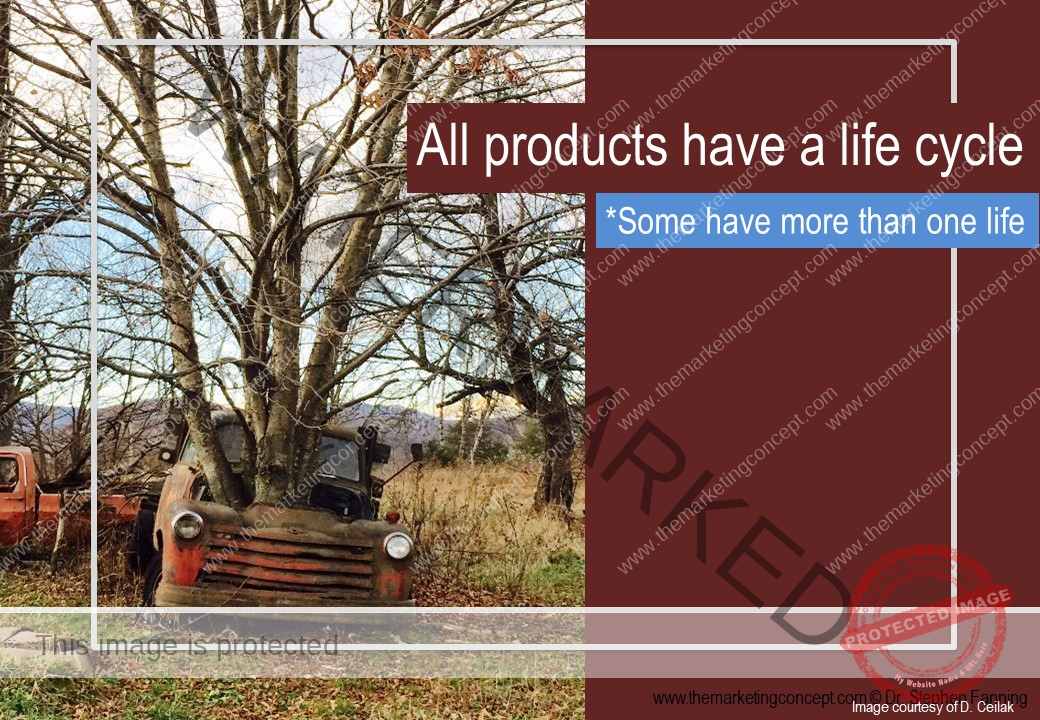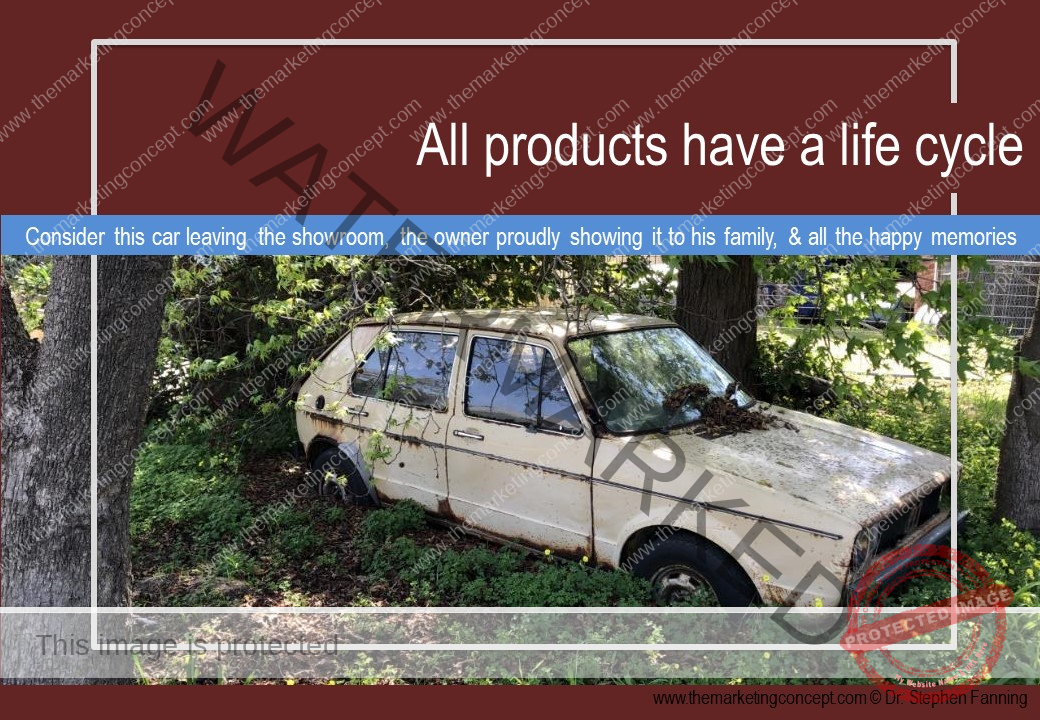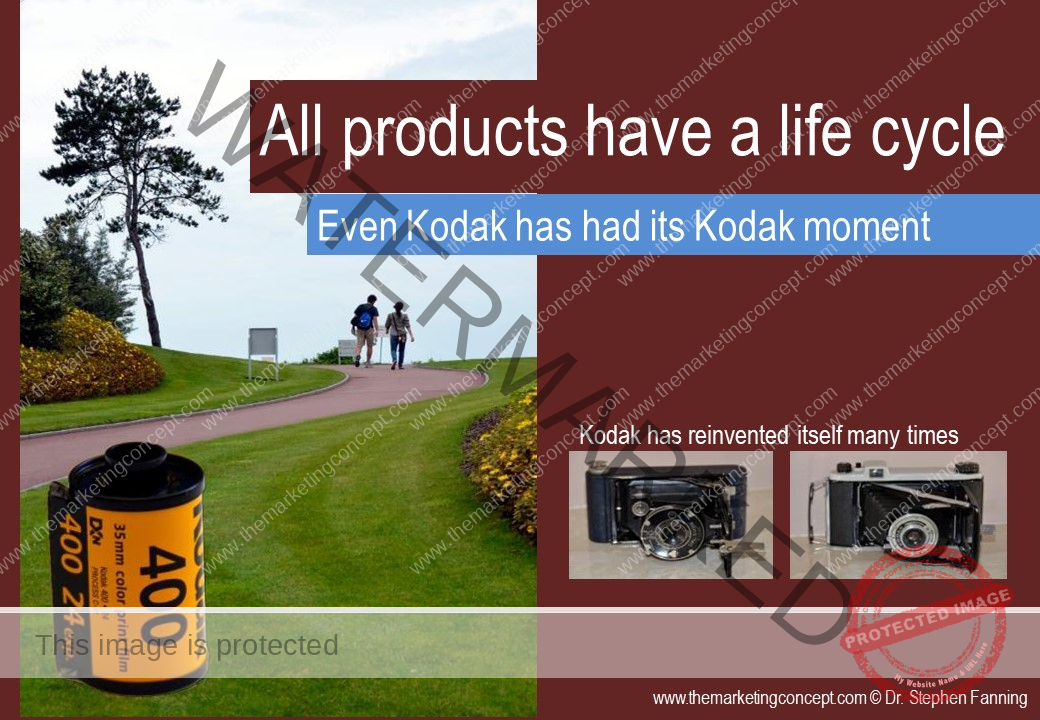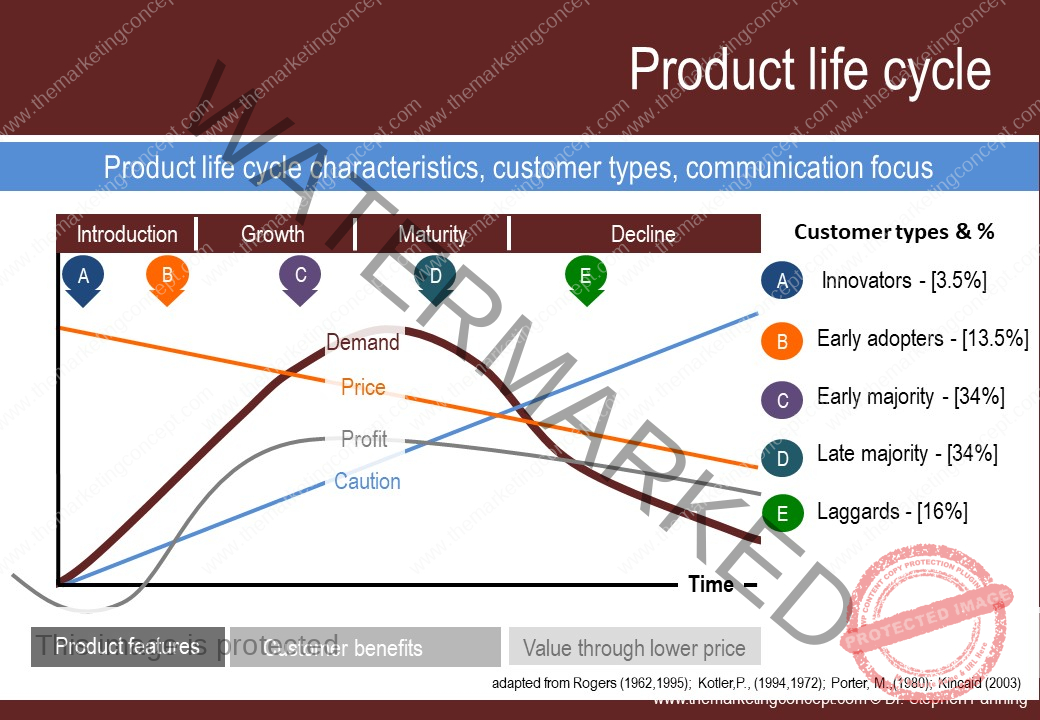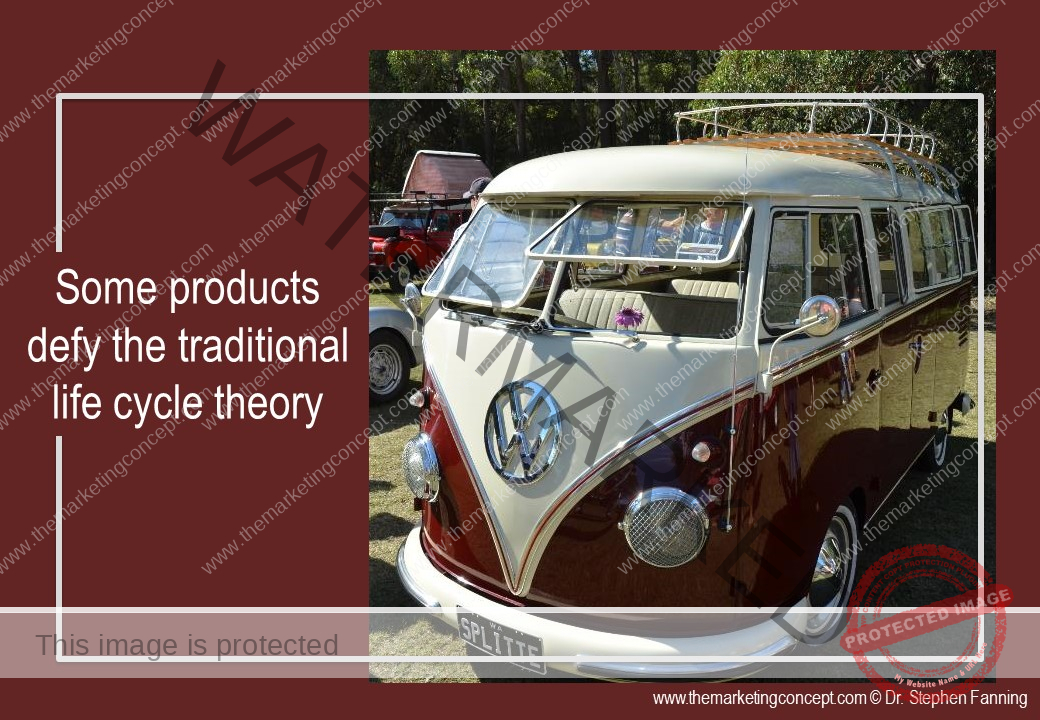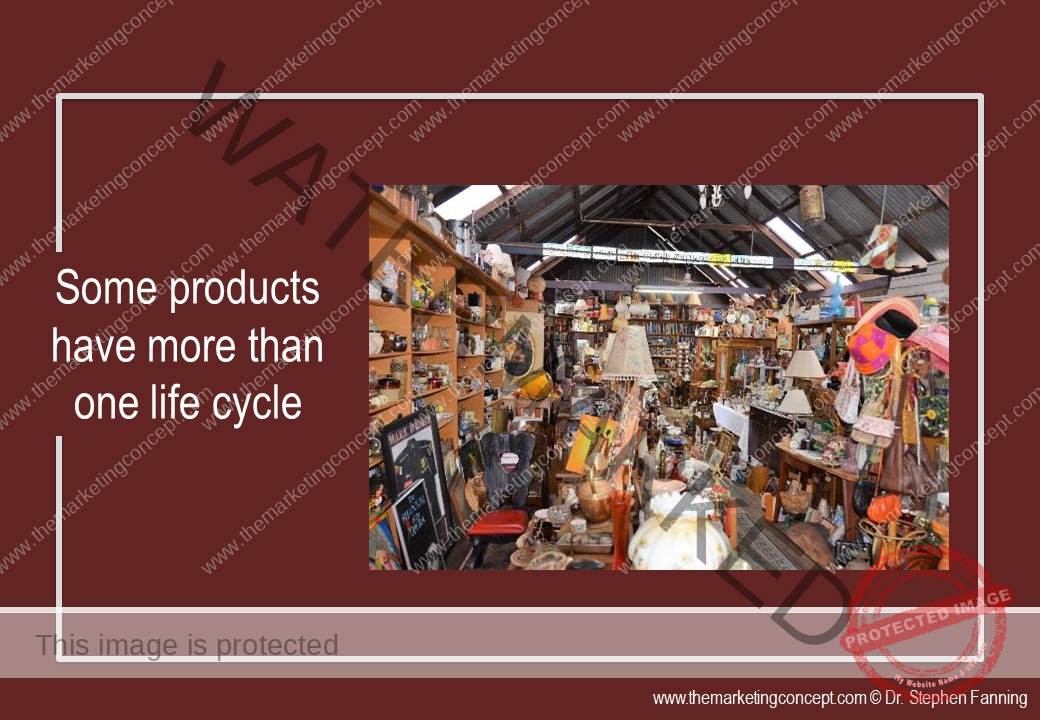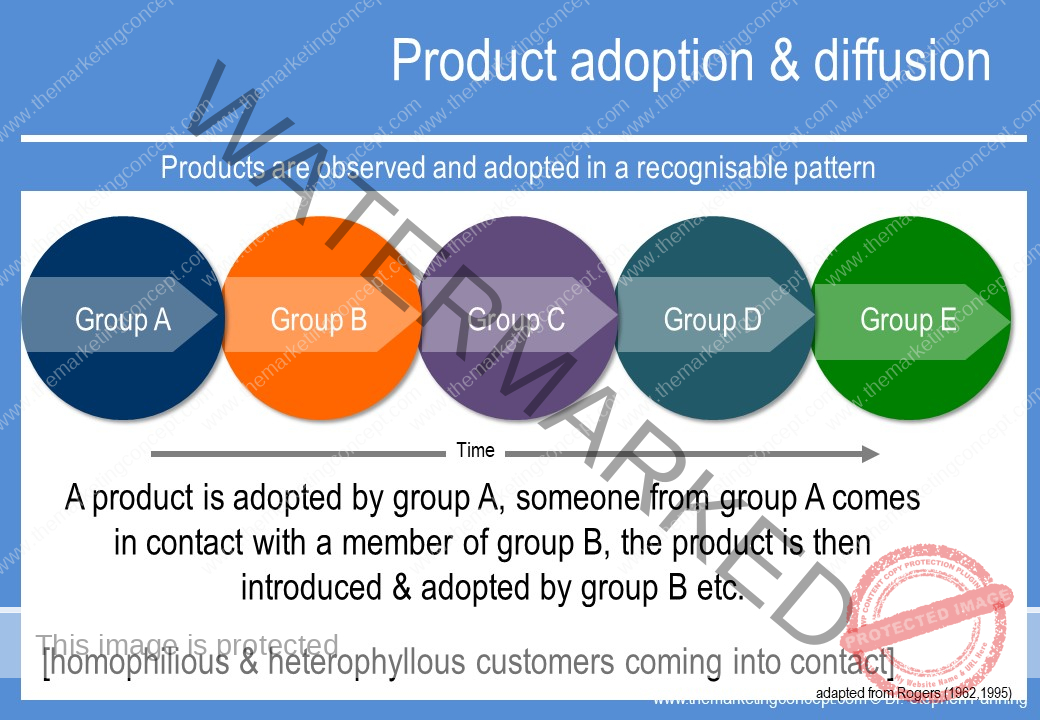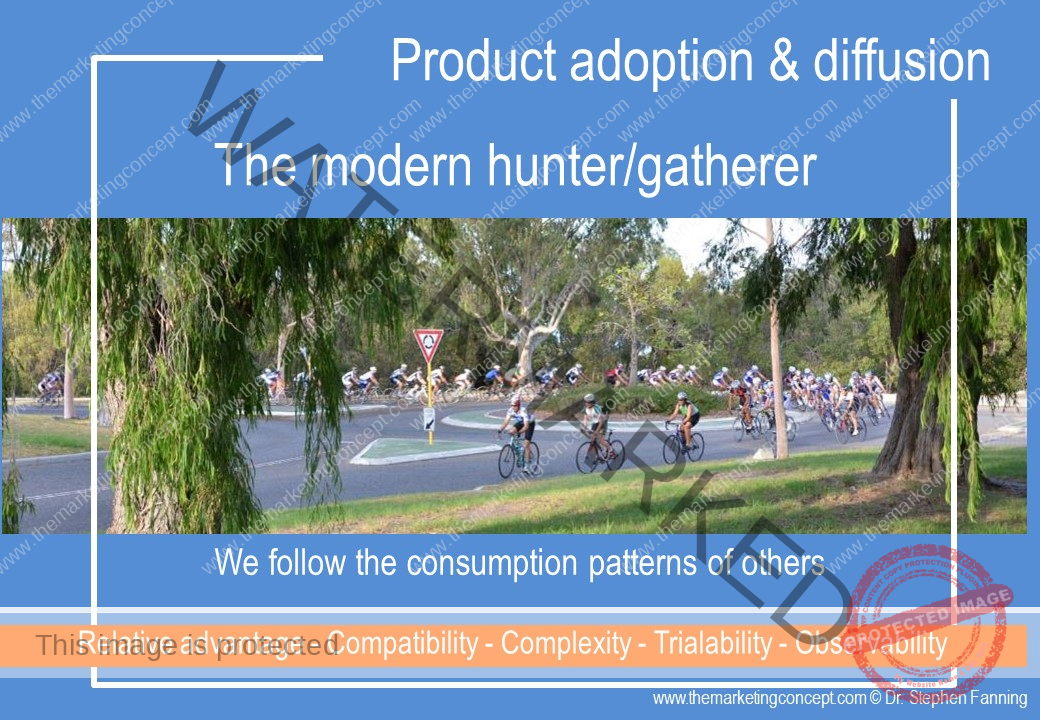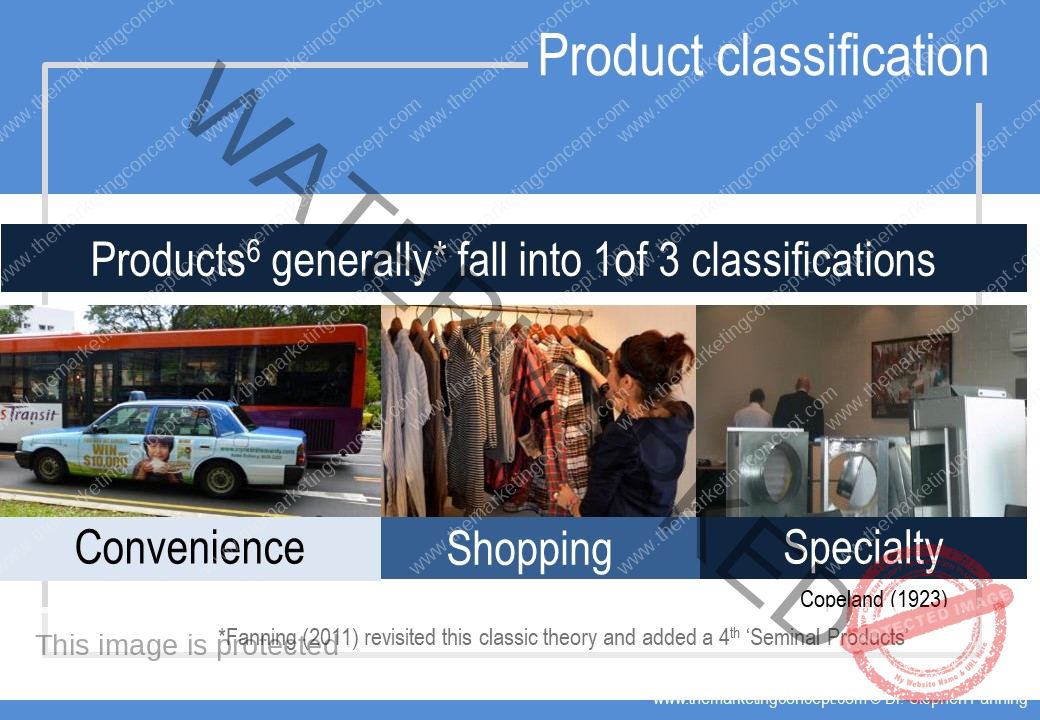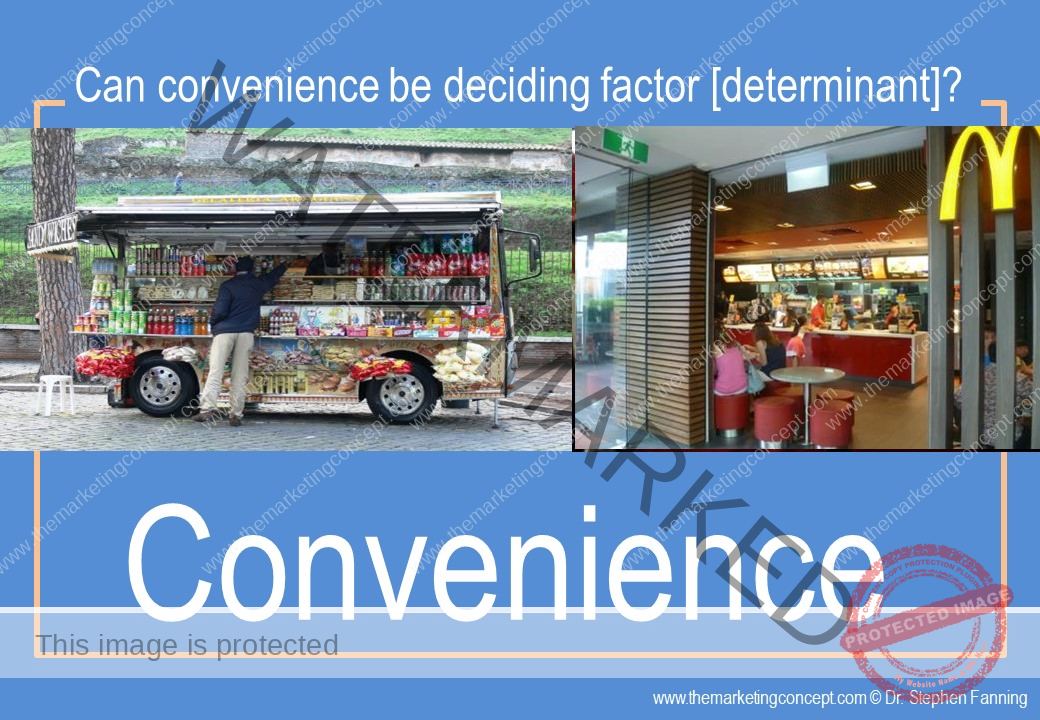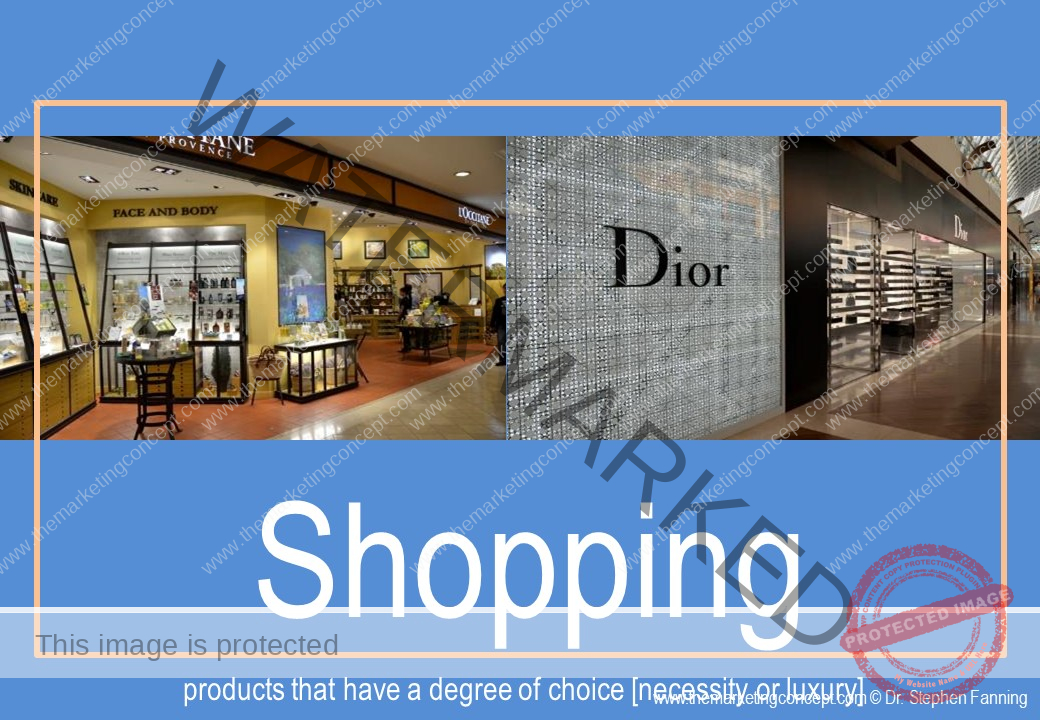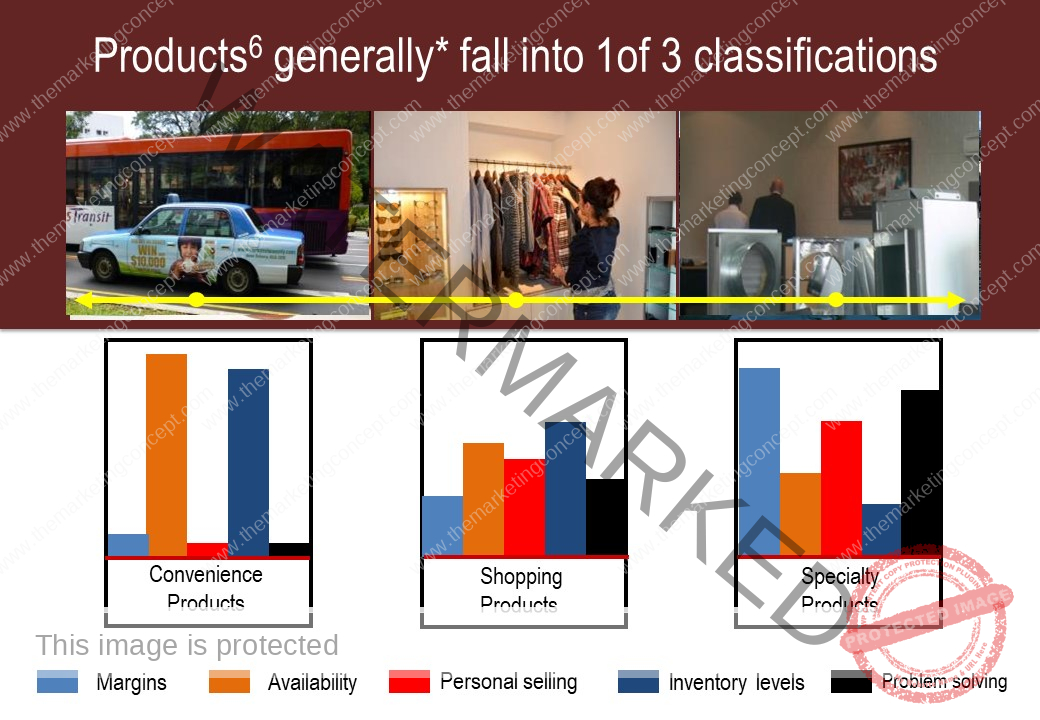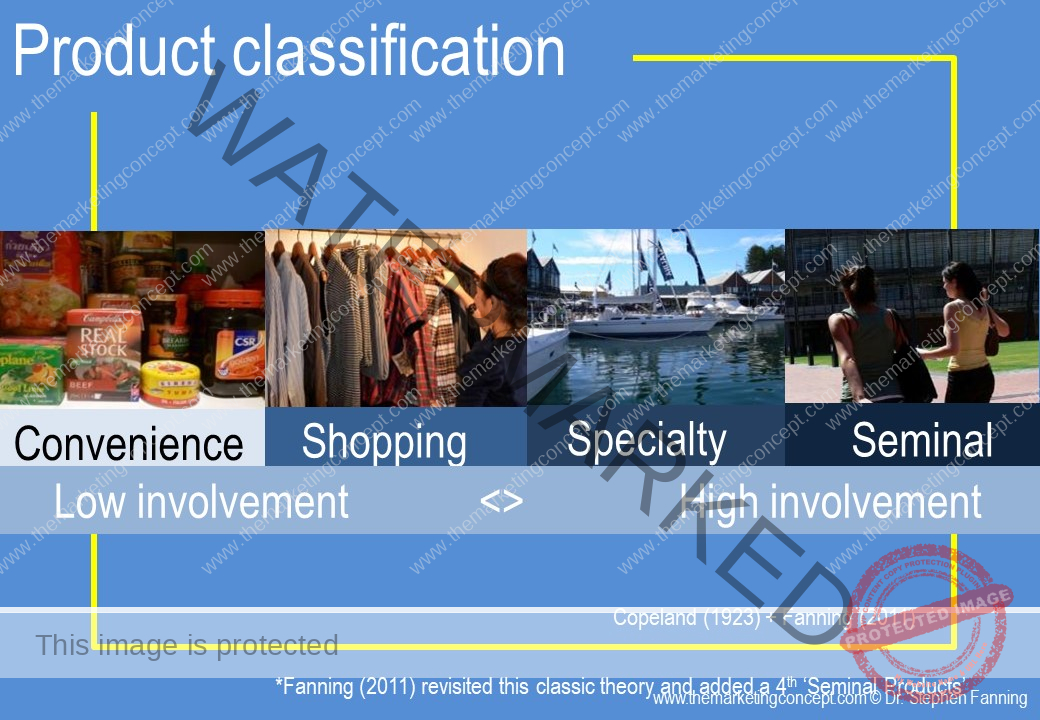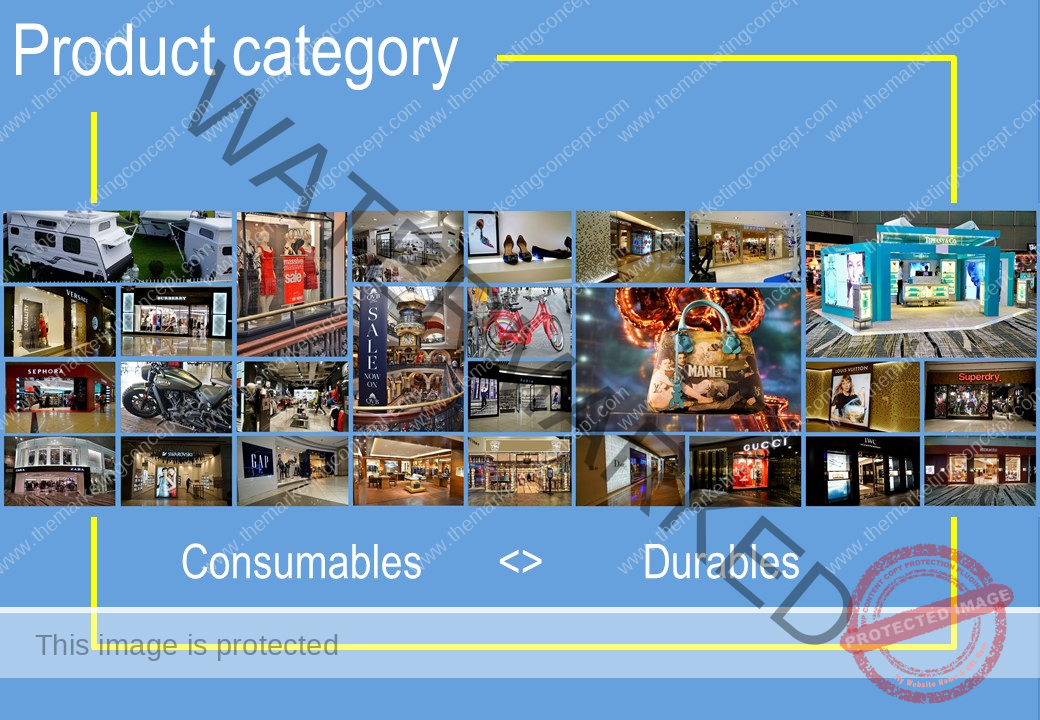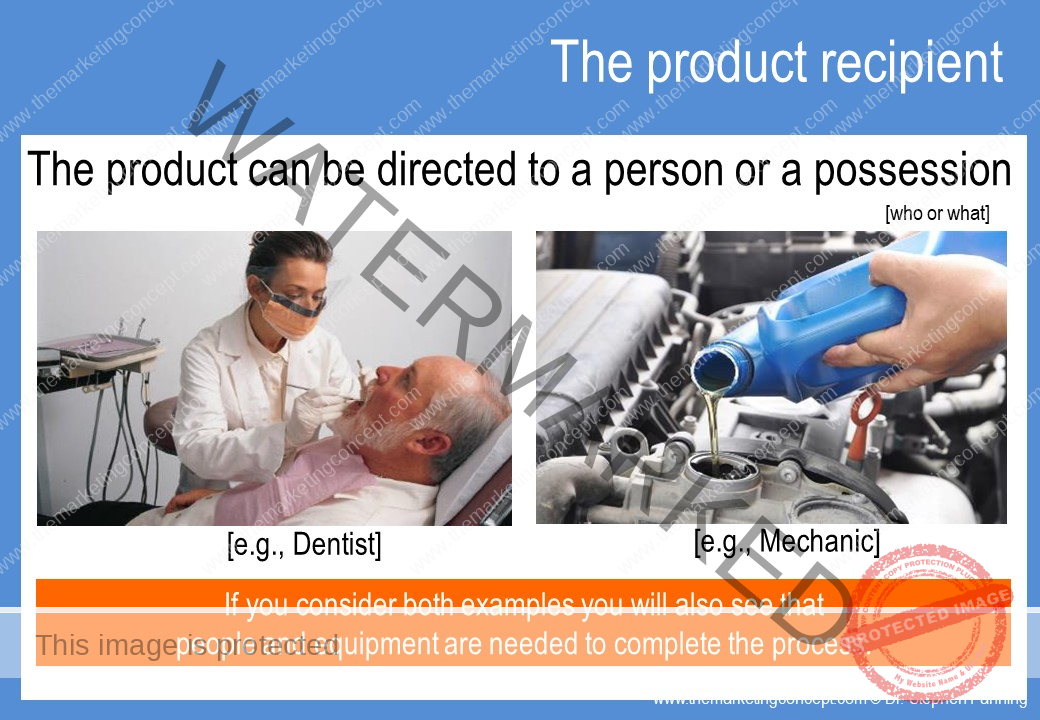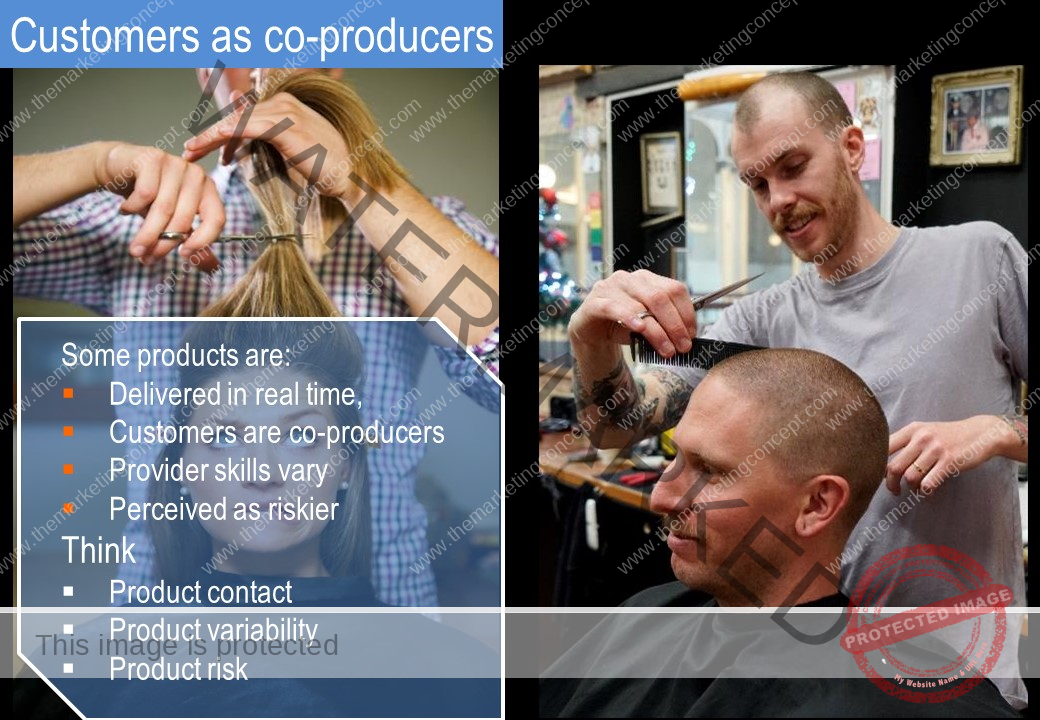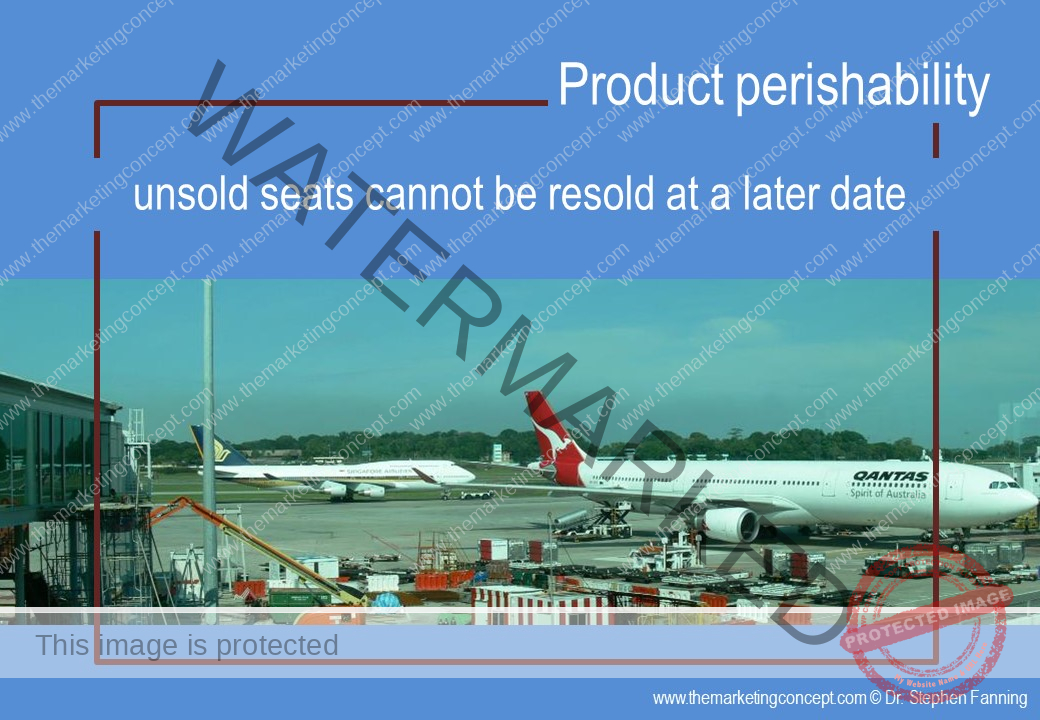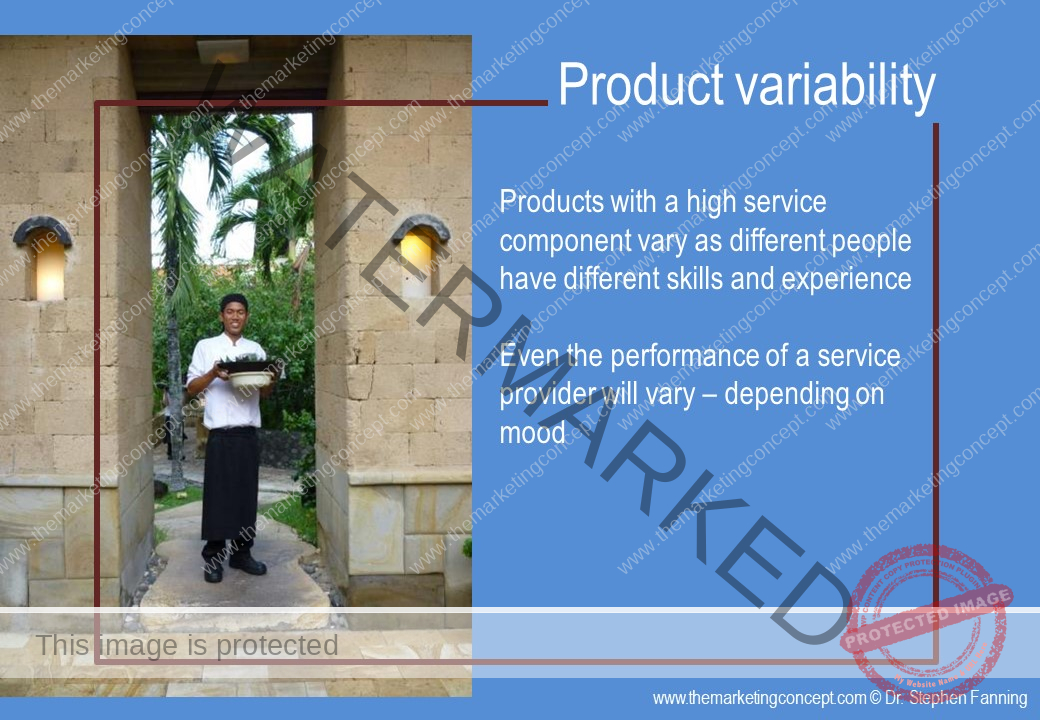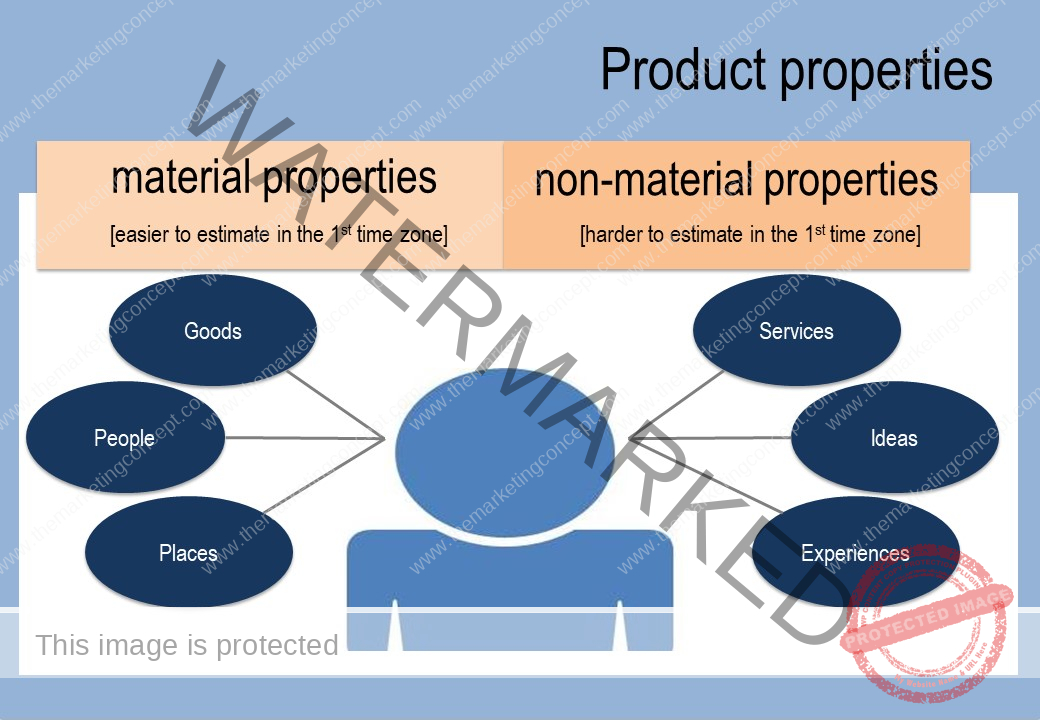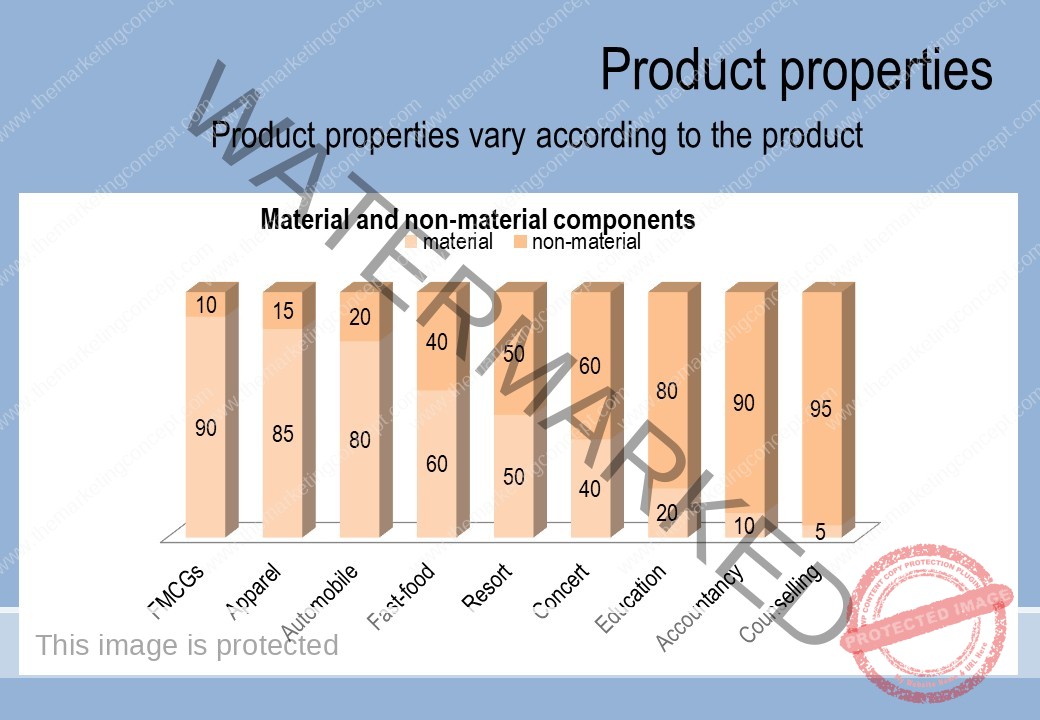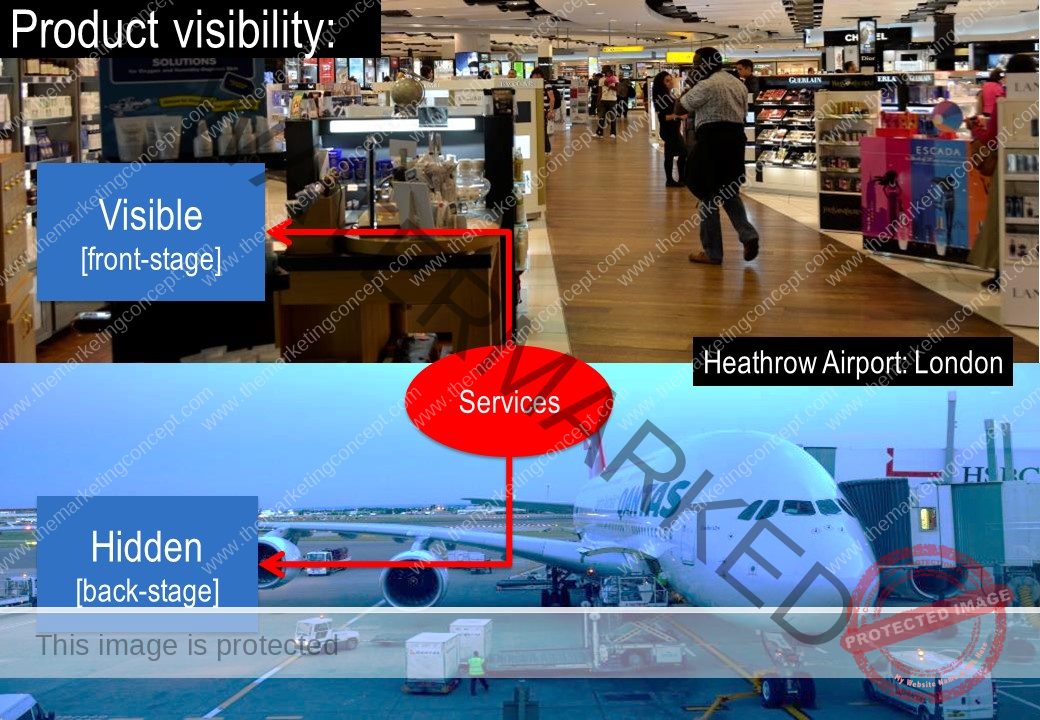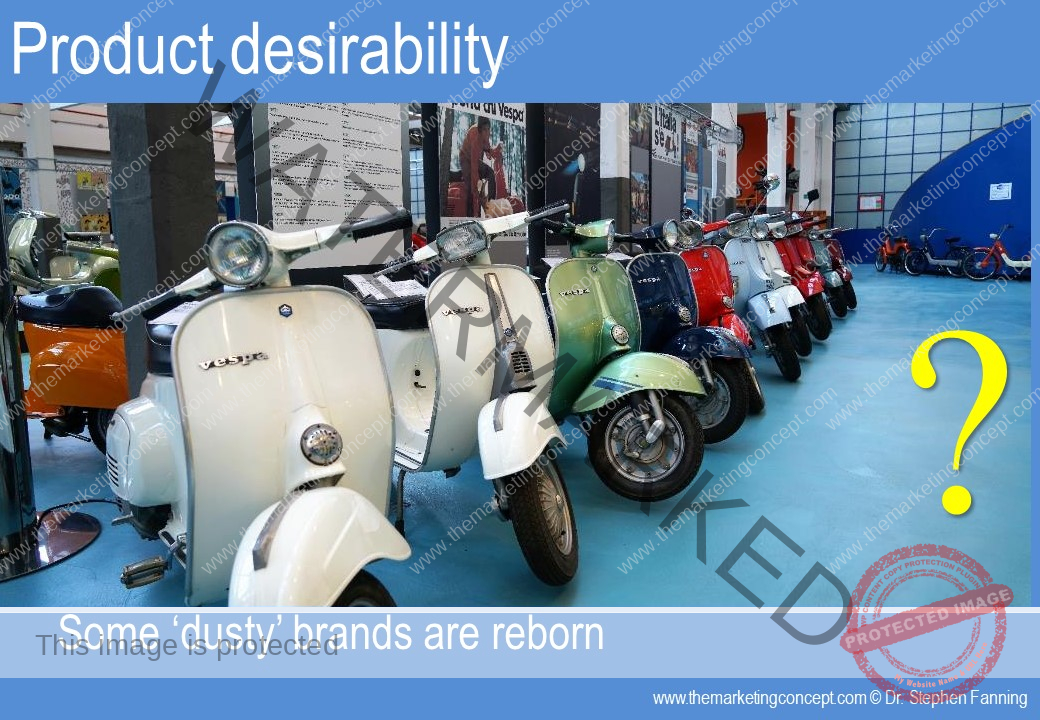
The P in COMP
You may recall from the buyer decision process that the situational factors will influence the consumers decision-making – when searching, estimating and selecting products. As situational factors influence consumer decision making they also impact on an organisations ability to achieve their marketing objectives.
To better understand the situational factors we provided the acronym of COMP – you may also recall that the P in COMP factors is Product.
This chapter is a chapter of convenience – by that I mean that instead of having product sub-concepts, theories, and constructs throughout the e-book I have brought them together in one chapter – for convenience. When marketing practitioners conduct a product audit they consider all the factors that influence their product[s] – what makes their product unique – what they must measure and manage – what they must communicate internally and externally.
Arranging all of the product considerations in one chapter just makes sense.
Designing, developing, and delivering a product
The first chapter explores the product considerations; these are the product characteristics and the milli-concepts that marketing practitioners must consider when designing and developing a new product or managing an existing product. An understanding of the product considerations is important as it assists marketing practitioners to collect the information needed for a product audit within a marketing audit. This information is then considered when designing and developing a marketing plan and implementing a marketing action plan. Furthermore, this information is also critical when designing, developing and introducing a new product to the market.
Furthermore, product considerations are the product characteristics that marketing practitioners must consider when designing and developing a new product or managing an existing product. An understanding of the product considerations is important as it assists marketing practitioners to collect the information needed for a product audit, a marketing audit for the collect and analyse stages of the business planning process [see CADDIE]. Understanding the product characteristics are also critical when designing, developing and delivering a new product to the market and when designing and developing a marketing plan and implementing a marketing action plan.
Often when people talk about conducting market research it may be that this involves researching the product considerations. The e-book provides a list of typical product considerations that a marketing practitioner may consider – keep in mind this will be contingent on the nature of the product.
In this activity we look at the product consideration of product perishability. There are a few considerations in this activity, one of the key ideas is the need to manage the salespipeline of attract, retain and enhance.
In this activity we look at the product consideration of product perishability. The basic premise is – if a product is services dominant product and it is not sold then it is not produced and as the service component[s] cannot be warehoused then the opportunity for an exchange is lost – this is often referred to as perishability.
